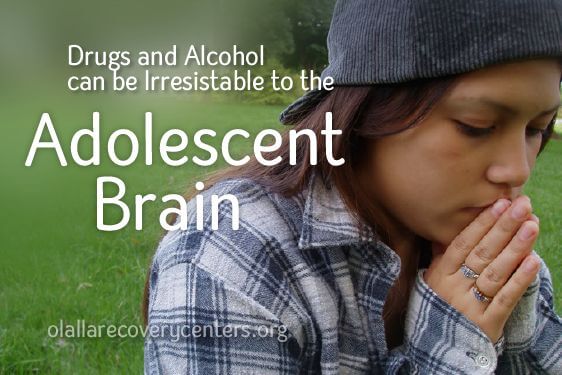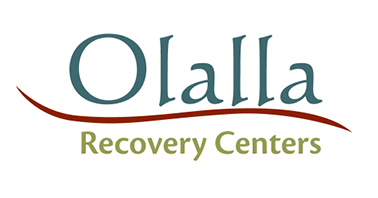
01 Feb Why the Adolescent Brain Can’t Resist the Increased Access to Illicit Substances
Learning through experimentation is a rite of passage for the developing adolescent and young adult. Unfortunately, when that experimentation includes risky behavior, this young demographic doesn’t have the advantage of an adult’s executive-decision-making process.
Parents of teenagers will certainty relate to the scenario of trying to appeal to their child’s senses. Doesn’t it feel like an uphill battle most of the time? Long-term thinking and weighing consequences is simply not on the young people’s agenda.
When it comes to alcohol and drugs, the negative impacts are too far out into the future for a young mind to comprehend or even care about. What matters is today, now — and now is about feeling good.
The latest statistics on substance abuse would have you think that young people are getting better at controlling their risky behavior. According to the most recent National Institute on Drug Abuse trends survey, last year, use for all illicit drugs except marijuana declined among middle and high school students. Marijuana use remained steady among 8th and 10th graders. These numbers reflect five-year trends.
What these numbers don’t reflect, however, is the increasing access to a broader spectrum of substances. Walk into any gas station and you’re likely to find for sale glass pipes used for smoking various substances. In one national survey from CASA, more than half of teens said they could get marijuana by texting or calling on their mobile phone, or just by asking face to face.
At the same time, it’s becoming more acceptable in the young people’s circles to experiment with a broader range of drugs (e.g., pills, methamphetamine, heroin and over-the-counter medications).
Let’s continue to use marijuana as an example, since it’s the most widely used substance going back decades. Over the past decade, the perceived risks have seen a sharp decline among youth, and personal disapproval has been on the decline as well. In the latest NIDA survey, less than a third of 12th graders said that marijuana posed a great risk — while 20 years ago, that number was double.
Making matters worse are the conflicted messages young people receive. As many states decriminalize marijuana, teens form inaccurate opinions about the risks. And social media is filled with posts about abundant drinking and partying, with everyone appearing to have a great time.
Connecting the Dots for Young People
Part of the problem is that the adolescent brain is still actively developing. Their frontal lobes — where emotions can be processed rationally — are in a state of change. They’re likely to respond to a situation with a knee-jerk reaction that couples their invincibility complex with an emotion-driven impulse. Feeling good is a major driver behind substance abuse but not the only cause. Other reasons could include:
- Relieving boredom
- Giving into peer pressure from a peer social circle
- Trying to “fit in”
- Easing stress at school or at home
- Experimenting to satisfy curiosity
- Demonstrating independence and feeling like a grownup
Whether you’re a young adult or the parent of a teenager, the best thing you can do is ask probing questions. Some of the questions to ask young people:
- How is the temporary high that drugs and alcohol provide congruent with your values and goals in life?
- How does a clouded mind prevent you from pursuing your passions and dreams?
- What are some of the health effects of alcohol and drugs that may arise from your experimentation?
- What do you see happening in a year, or five years or more, if you continue to disconnect from life by using substances?
As long as teens and young adults only feel the immediacy of the drugs and alcohol and don’t perceive any damage, they’ll continue to think — and live — for today only. Talk to them about the consequences of substance abuse that can last a lifetime. Help them with the strategies for coping with those pressures that could lead to abuse.
If this is a difficult conversation for you or you feel that more authoritative resources will help, don’t hesitate to talk to a professional counselor. A professional is a neutral party who can discuss concerns with objectivity, yet provide advice with the young person’s best interests in mind.


